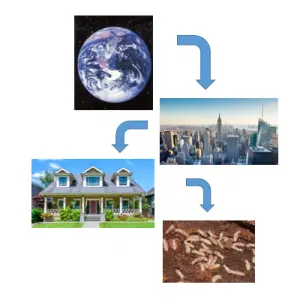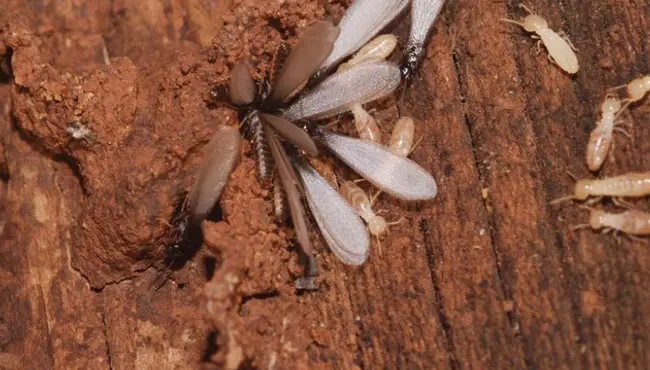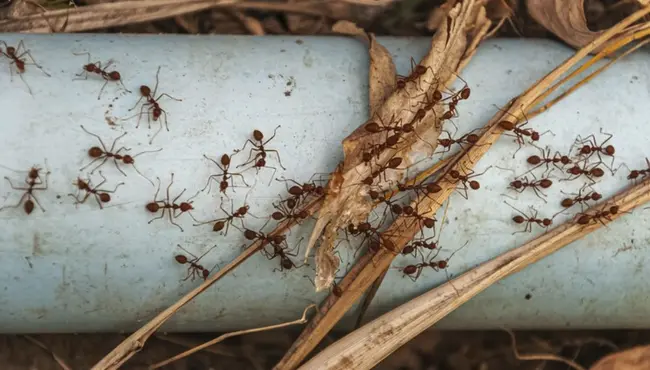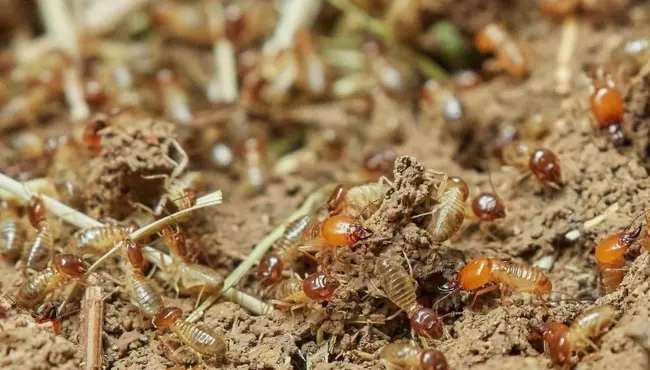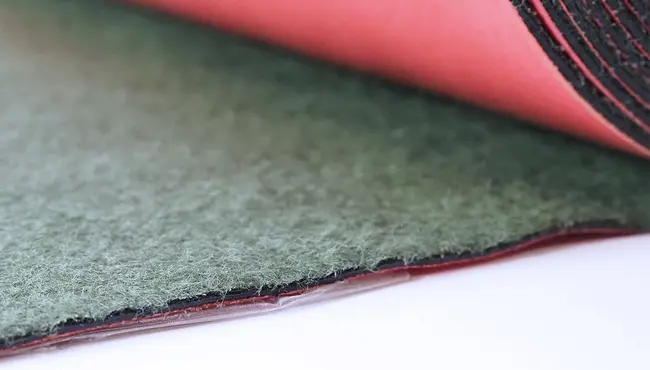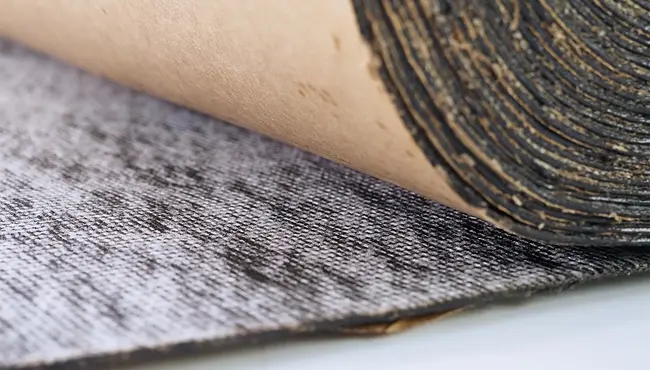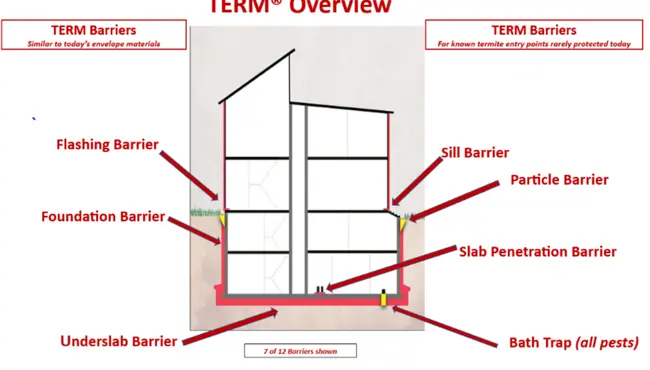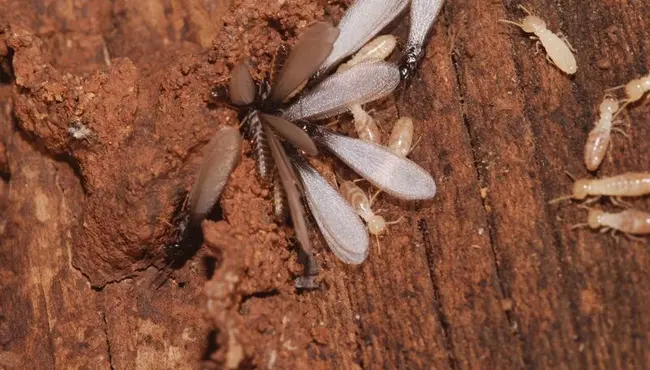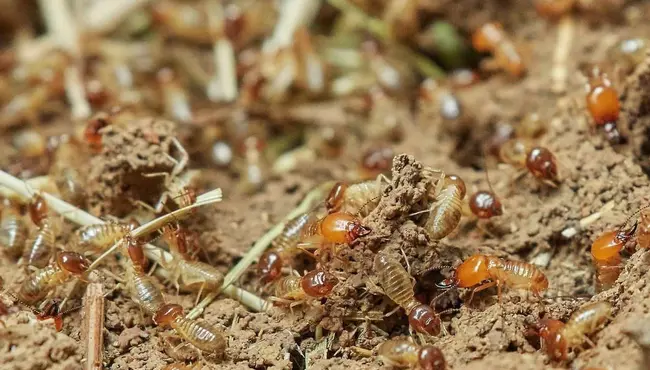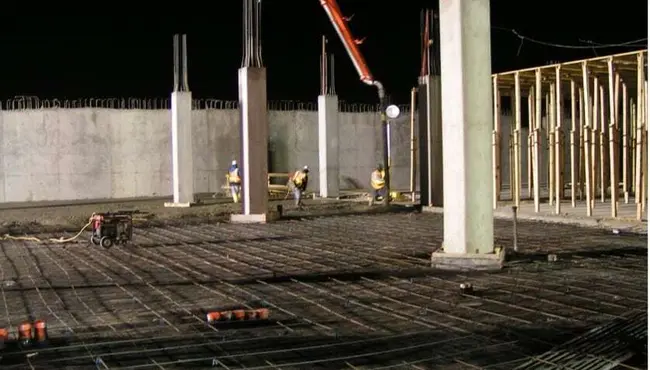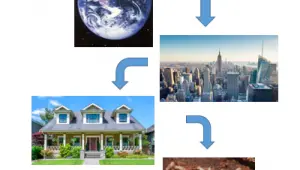Author, Cassie Krejci, Ph.D.
Welcome to week 3 of the TERM® Barrier System blog series! In other posts on our website and social media accounts, you have seen the words integrated pest management, or IPM, many times. I’m taking the opportunity this week to explain why this concept is extremely important to pest management.
Integrated pest management (IPM) is an ecological approach to the control of target pests in which all available necessary control techniques are systematically consolidated into a unified program. The goal of an IPM program is to manage pest populations while avoiding economic damage and minimizing adverse side effects.
A great IPM program implies understanding of:
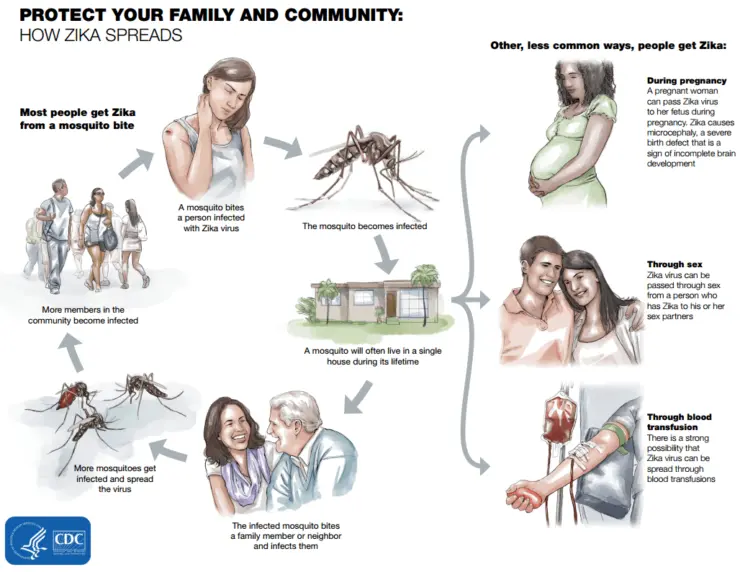
Ecosystem • Communities • Niche • Insects
So, why are IPM programs important?
Urban environments, such as where we suffer the most economic damage from termites, are characterized by several factors:
- They are dominated by humans & companion animals
- They are shared by more than just humans & pets: aesthetic trees & shrubs, businesses with pets and plants, and wild animals.
- Micro-climates, or subsets of the environment, have higher humidity and temperatures.
- Speaking of climate, indoor climates are more abundant, which make great, stable places for insect growth.
Integrated pest management programs are ongoing – they never truly end. Once the steps, described below, are completed, it’s important to continue monitoring for a pest population and use sanitation or barriers to keep the pests from returning.
Steps of IPM Programs
1. Monitor pest populations
This is an important first step – identify the target organism! Proper identification of the insect is critical in management.
2. Develop a management plan
This includes many different tactics – Think IPM pyramid!
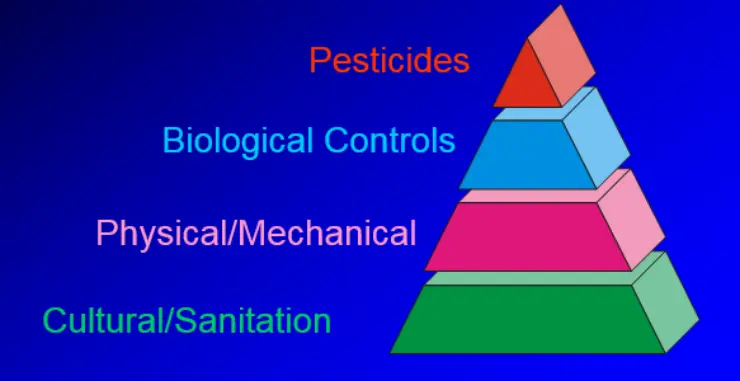
- Cultural & Sanitation Methods
This tactic suppresses pest problems by restricting their requisites for life such as water, food, and shelter. For example, removing sources of standing water from a yard can reduce the population of mosquitos. - Physical & Mechanical Methods
These methods prevent pest access to an area or host, or, if the pests are already present, removing them with a device. The TERM® Barrier Systems are physical and mechanical barriers to termites and other pests, as they physically restrict access without the use of pesticides. - Biological Methods
This tactic uses predators and parasites of target pests to suppress pest populations. There are several ways this control method can be integrated, including:
– introduction of a new biological control species specific to pests, or,
– purchasing and releasing more naturally occurring biological control organisms, or,
– preservation of naturally occurring biocontrol organisms. - Chemical Methods
This is the most traditional for of pest control, and often the first sought: Pesticides. However, proceed with care, as chemicals are the most hazardous and most expensive form of control.
3. Implement plan
Put it to work!
4. Evaluate & Re-implement plan
It is important to remember to evaluate the results and modify if needed. Ask yourself,
– Did your IPM program have the desired effect?
– Was the pest prevented or managed to your satisfaction?
– Were there any unintended side effects?
– What will you change in the future?
The IPM pyramid, as shown above, reflects the control tactics in a recommended balance of use. Similar to fats & sugars on a food pyramid, pesticides are listed at the top. This is because, while they should be a part of the IPM program, pesticides should be used only as needed. This is because they can be dangerous when over- or misused. Pesticides also happen to be the most expensive form of control.
Sanitation and cultural controls are located at the bottom of the IPM pyramid because they are often the most effective, least effective, and least hazardous to implement.
I could teach an entire semester of class about integrated pest management (some people do!), but there are a few things to remember:
- IPM is the way of the future.
- IPM will work in solving problems with pest populations- just follow the steps outlined above!
- Use the less expensive and safer tactics for control before moving up the pyramid.
We work each day to teach IPM to architects, home designers, and pest management professionals. Think of the TERM® Team as the bridge between architects and pest management professionals, with homeowners benefitting! The TERM® Barrier System, when integrated in to the building envelope acts as a physical/mechanical barrier to termites and other pests.
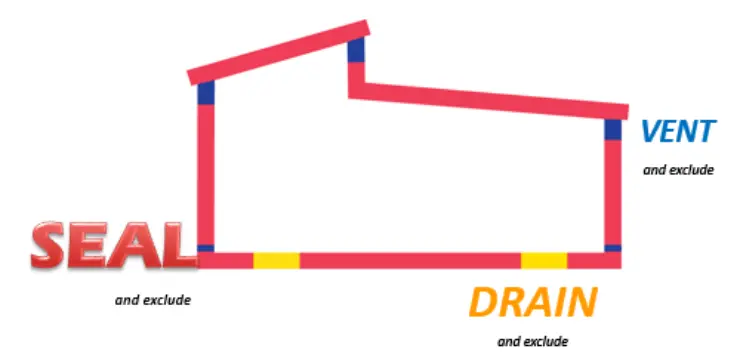

For additional information on the TERM® Barrier System products, please feel free to email me at ckrejci@polyguard.com.
